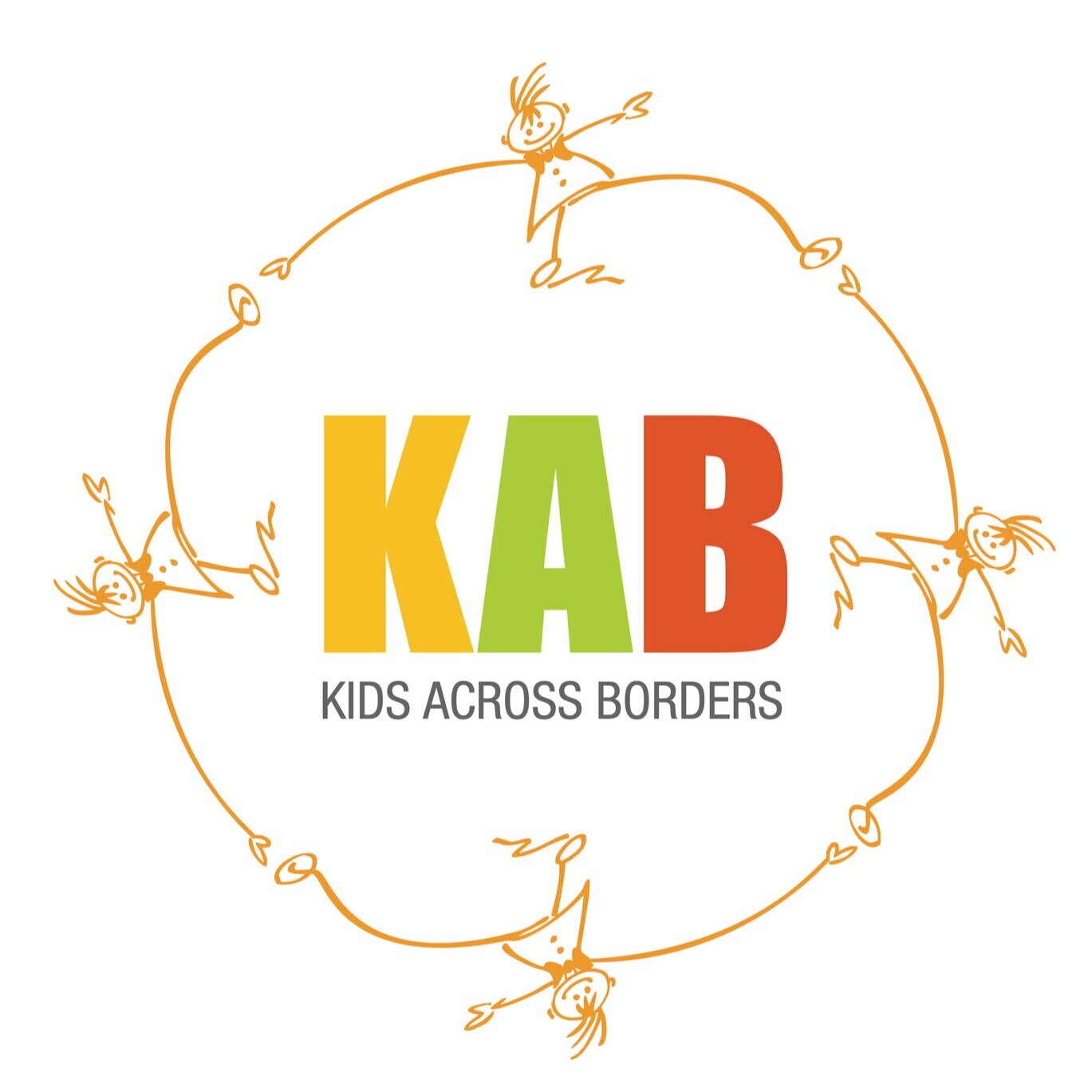Understanding Environmental Sustainability
“Our planet is small, isolated and vulnerable. It is the only place we have, the only place where life exists as far as we can tell. It is uniquely precious.”
David Attenborough, “A Life on Our Planet” 2020
Spaceship Earth
Imagine that just as you are about to board a jet aircraft, you see a man busily prying rivets out of its wings. As you rush in panic down the steps, he calls out, "Don't worry, I've taken a lot of rivets out already and the wing hasn't fallen off." Are you assured?
No sane person would want to travel on a plane whose airline did not have a 'progressive maintenance' programme . . . and only a lunatic would want to ride on Spaceship Earth if the components of its ecosystem were being dismantled so fast that maintenance could not begin to keep up repairs . . .
The free services that Earth provides to civilisation - the air we breathe, the climates in which we live, fresh water, waste disposal, recycling of nutrients, control of potential pests and disease carriers, provision of food - are rapidly being eroded by humanity's destructive impact on the complex biological network of the planet. Humanity is living on its capital, while rapidly destroying the natural systems that are its principal source of income.
Source: Ehrlich, A. and P. (1987) Earth, Thames-Methuen, London.
The World Wildlife Fund Living Planet Report 2020 reads as an SOS from nature. It highlights that the Earth - our life-support system – is declining at a staggering rate. Humanity’s influence on the decline of nature is so great that scientists believe we are entering a new geological epoch, the Anthropocene, the Age of Humans.
For more than 40 years, humanity’s demand on nature has exceeded what our planet can replenish. We are currently using the equivalent of 1.6 Earths to sustain our activities. By 2030, even two planets will not be enough (WWF Living Planet Report 2020).
The consequences of “overshoot” are already clear in habitat and species loss and accumulation of carbon in the atmosphere. Between 1970 and 2016, global wildlife populations fell by 68%, while some Australian populations fell by up to 97% (WWF Living Planet Report 2020). Global temperatures have risen by 1°C in the era following mass industrialisation which scientist attribute to greenhouse gas pollution from the burning of fossil fuels and deforestation. Keeping global temperature rise below 1.5°C is considered a critical limit by the world’s scientific community to protect lives and livelihoods around the world.
We know that the health of people and that of our planet are intertwined, evident in the devastating forest fires of the past year and the ongoing COVID-19 pandemic.
Humanity now stands at a threshold. Our challenge is to change our use of resources so that we are living within the Earth’s means, ensuring that resources are not overused, that environments are not over polluted and scarred and that the environment is cared for so it can sustain life for future generations for people and all living things. This entails governments, corporations, communities and individuals recognising and taking responsibility for their impact on the environment.
Education is the key to people understanding the dimensions of environmental issues and developing the habits of a more sustainable lifestyle. Through school linking students become more aware of the global dimension of environmental issues. Students can share ideas and knowledge about protecting the environment and support each others efforts in doing so. Sustainability is embedded in many traditional cultures and provides a rich resource for students to draw upon and learn from. It is inherent in the Aboriginal view “Care for Country and Country will Care for You.”
Learning Aims
· Appreciate the wellbeing of humanity and nature and interdependent and recognise the need to care for the natural environment.
· Appreciate diverse cultures and their ways of relating to and caring for the land and life.
· Participate with others to promote and protect our health and environment
Lesson Plans
A Place in Nature
Students investigate a natural environment that is significant to them and research the plants and animals which live there. They share this with their partner class and learn from each other about protecting the environment. Students reflect on the human impact on nature at a local and global level.
Biodiversity
Students explore biodiversity in their area and how it contributes to the sustainability of an ecosystem.
My Ecological Footprint
This lesson help increase students’ understanding of the impact of their everyday actions on the planet. They consider actions to reduce their footprint, both at home and school.
Waste
Students measure the amount of waste their classroom produces during a one-week period. They compare their findings with their partner class and consider ways of reducing their waste.


